This German Rugger is part of a very limited supply of these short swords we have from artisan Ádám Bodorics of Landsknecht Emporium. These are some of his high quality project pieces he creates for exploring the tools of defense and war of the 16th century. His scholastic approach in researching woodcuts, illuminations and museum examples coupled with his skill brings historically informed pieces to life that are rarely seen as production pieces.
At a glance this German Rugger may look like a large knife, but when held in the hand it becomes immediately appararent that this is no tool, but a is a Messer that is the size of a short sword and a dedicated weapon for war and self defense. The blade is very thick at its spine and the blade is entirely rigid – it is clearly an absolutely vicious puncturing weapon with respectable cutting abilities. It certainly has an authoritative heft in the hand, but still feels agile and capable. This short sword could easily penetrate thick clothing and split mail rings and its thick, stiff blade is a ready lever for rending apart the weaker points in an armored defense. Its nagel gives it defense for the hand and some parrying / bind ability and the hand feels comfortably seated in the contoured grip.
The blade is crafted of well tempered 6150 high carbon steel which has a final tempered HRc hardness of 52-54 HRc. The grip is a composite of steel and brass-riveted walnut all stoutly riveted to a very thick tang. A robust peen over the pommel gives the hilt an altogether rock solid construction. Included with the sword is a handcrafted wood-core scabbard of birch plywood which is bound in stitched and form-fitted leather and completed with a hanging belt loop.
Here are some notes on this Rugger from the craftsman who created it – Adam Bodorics:
“Rugger” is a mostly modern term with no officially established definition. A few makers, including me, use the term to denote “a generally but not exclusively dagger-sized sidearm with a hilt construction emulating that of table cutlery from the same period, without a crossguard, with a strong emphasis on the thrust”. While the majority of originals are indeed dagger-sized, the largest surviving specimens can reach around 900mm overall length. At least in the Carpathian Basin, they are one of the most common sidearms in 15th-16th century archaeological finds, and I know of several more both to the west and east from here.
As they are underrepresented and often misunderstood on the modern market, I was drawn to them for years now. I handled several and documented a few originals, which further reinforced my love for the type. The blades are always extremely stiff, often with thick spines and minimal distal taper. Cross-sections vary a lot from asymmetric chisel edges through flat, beefy triangles to straightrazor-like hollow grinds. This version falls on the average for the stats of the four originals I most recently documented, which is equally satisfying and surprising as I designed it months before said documentation session based on previous handling sessions of different antiques. The blade tapers more in profile than in thickness, resulting in the planes “twisting” into an increasingly obtuse angle towards the tip. While this decreases cutting performance, it yields a completely rigid blade with a reinforced point. It’s a feature I took from several originals, both dagger- and sword-sized. It also pushes the PoB further down the blade, though still not as much as the most extreme pieces I’ve handled up to date where it’s around 200mm from the bolsters. The grip and partially the bolsters are octagonal in section, with the same bidirectionally tapering tang.” – Adam Bodorics


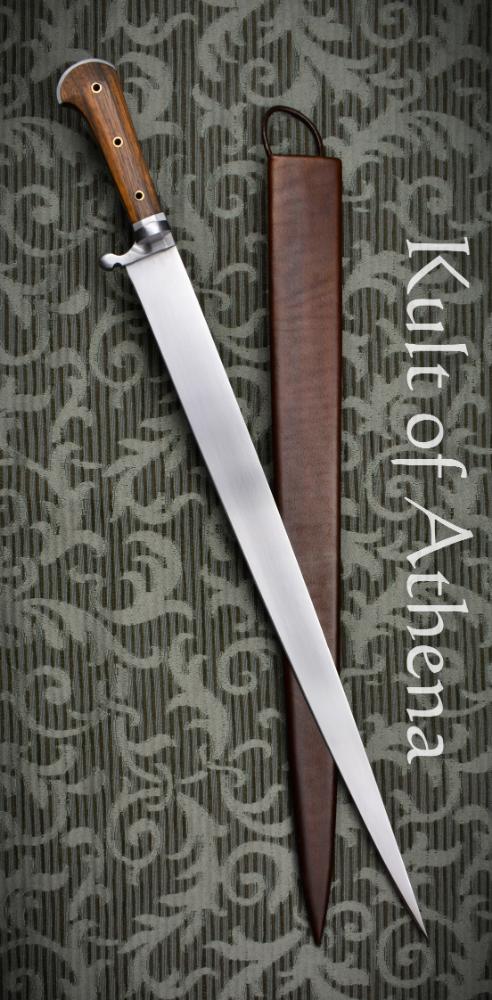
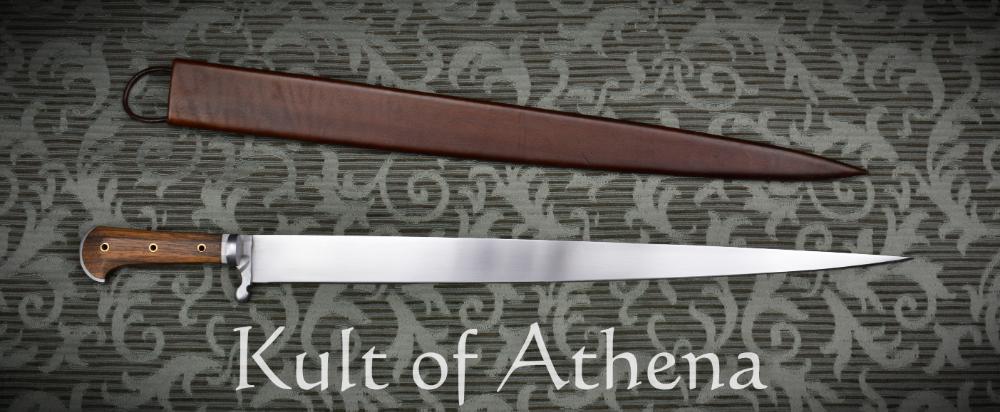
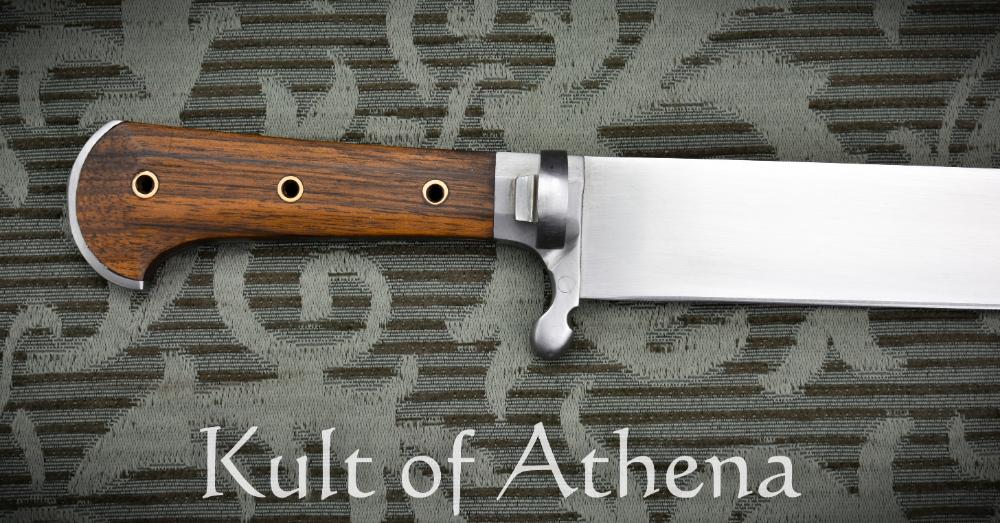
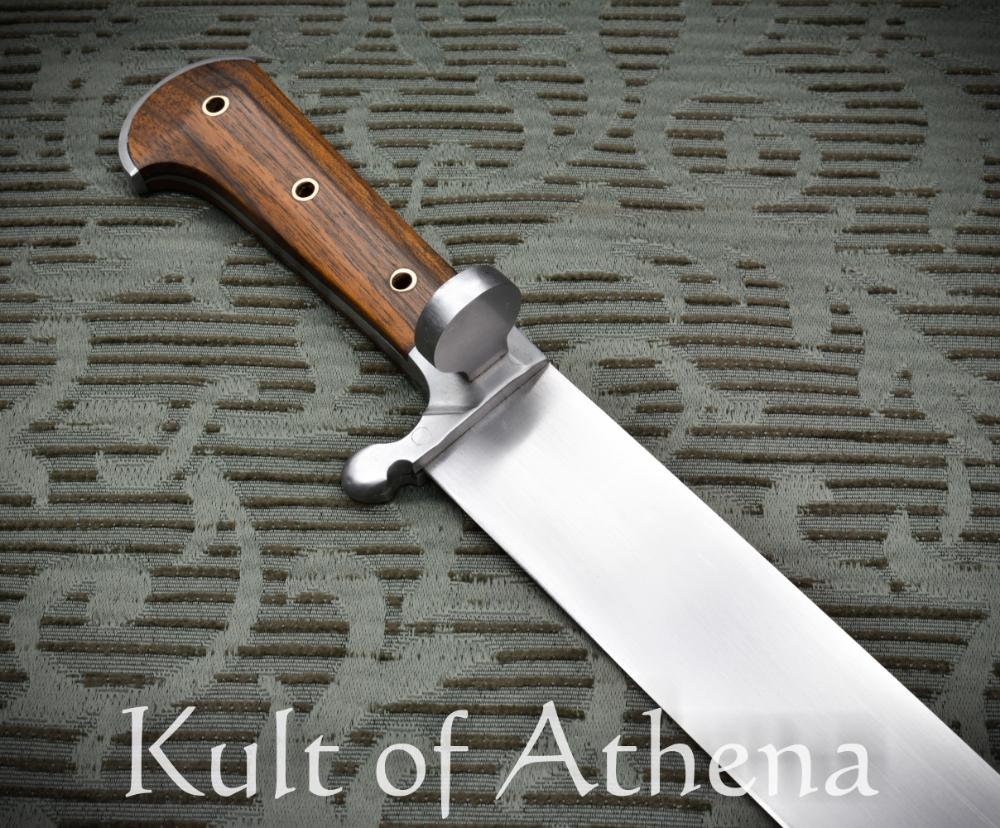

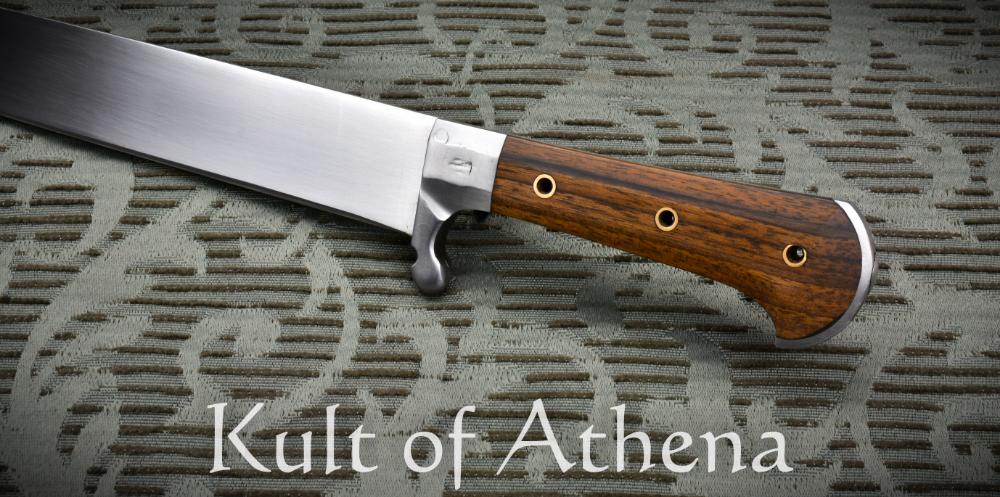
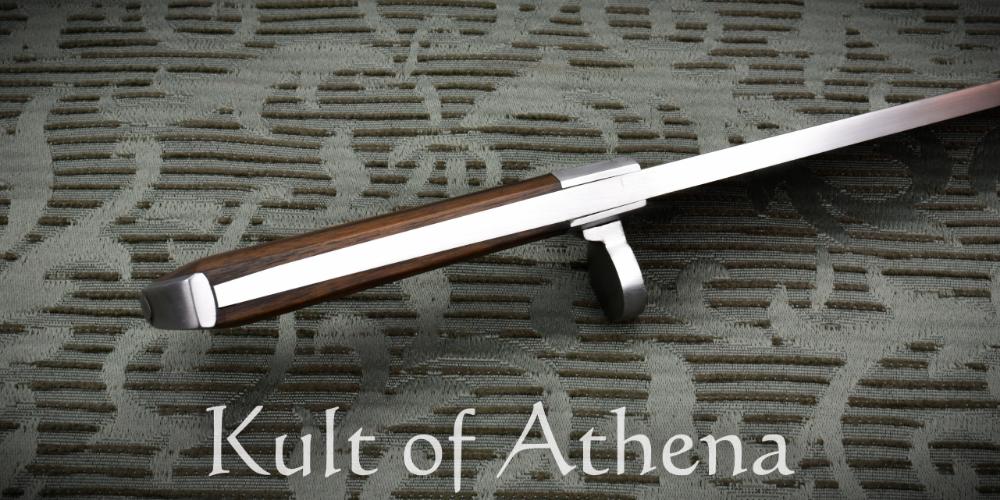
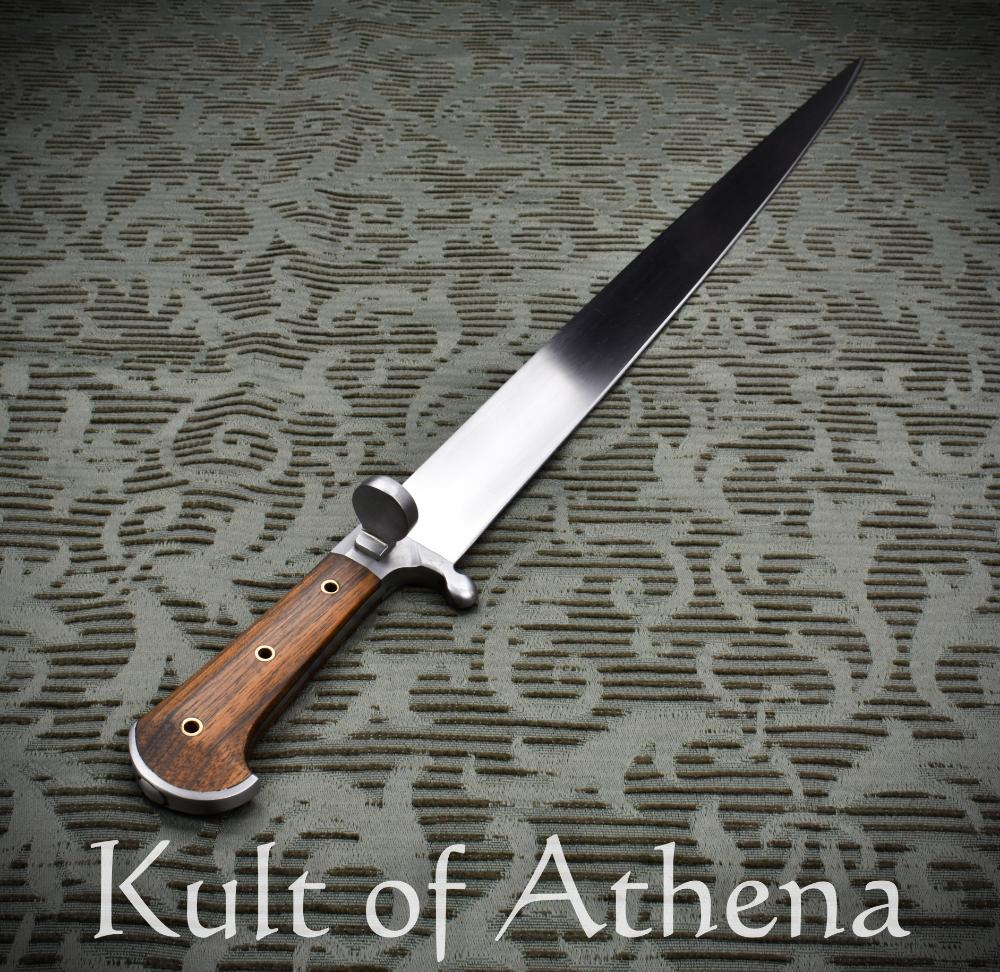

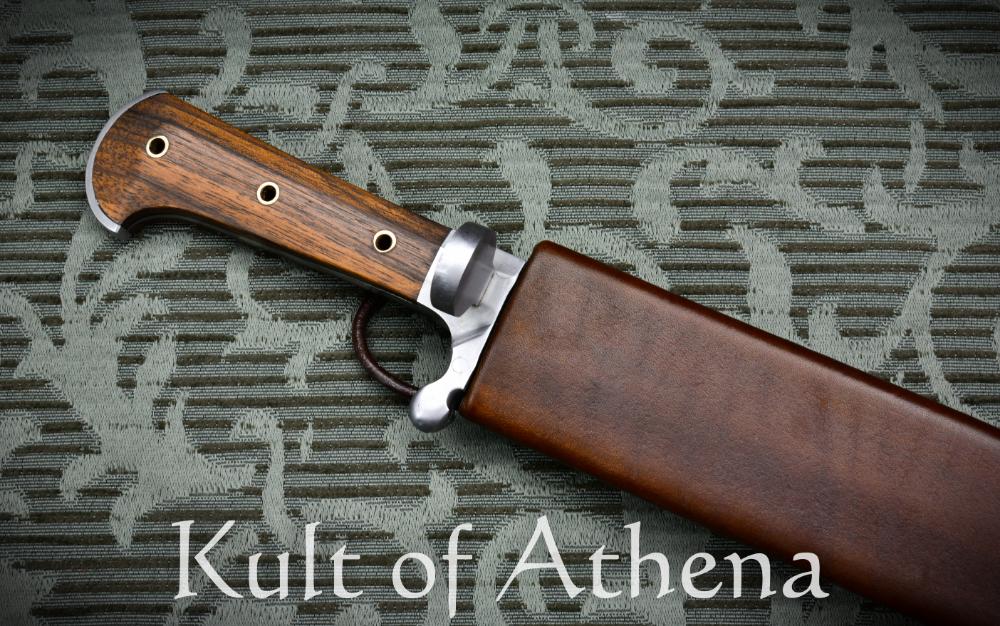
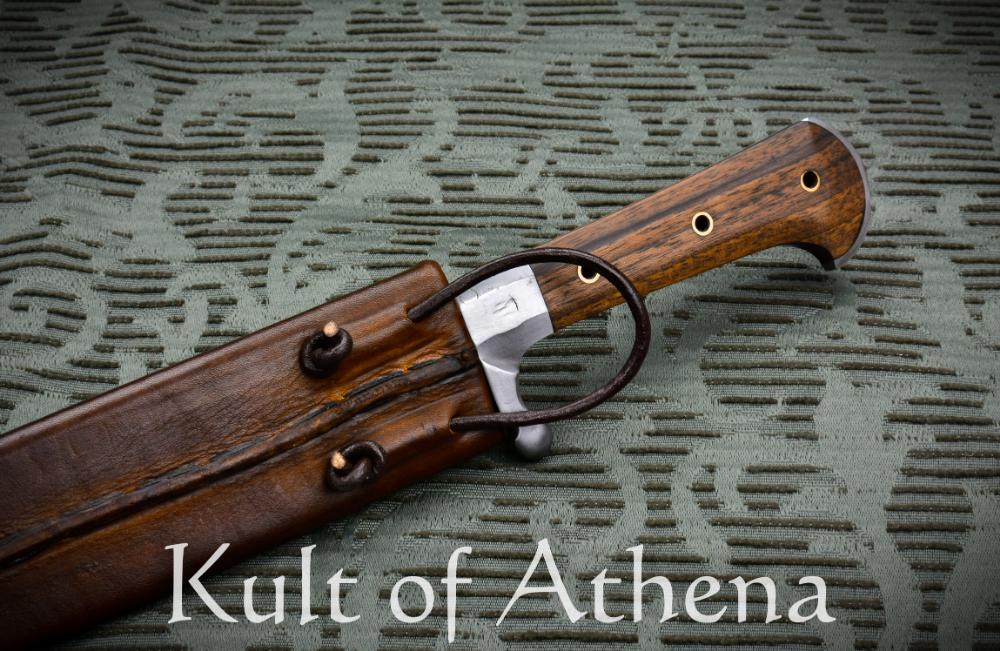
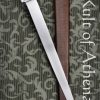

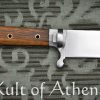
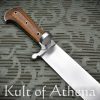
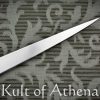

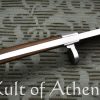


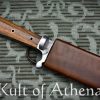
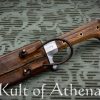
Reviews
There are no reviews yet.